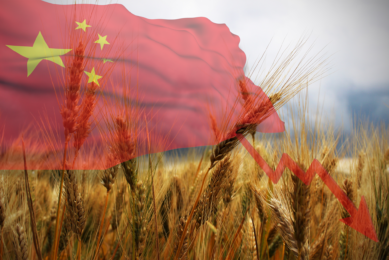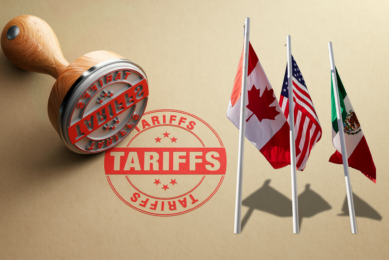Chile: Drought and dairy demand explored

Drought has played a major role in Chile’s dairy sector over the last 12 years. Drought limited pasture for grazing and suppressed milk production.
Despite limiting pasture and lower milk production, domestic demand for dairy products remains strong, pushing total imports up 35.8% in MY2021, says the USDA.
Main regions for Chile’s dairy farms and processing
According to a USDA report, in terms of processing facilities and dairy farms in Chile, most can be found in Los Lagos and Los Rios regions. Los Lagos region processed 525 million litres of milk from January to July 2021, which represents 44.9% of Chile’s total milk processing volume. While from January to July 2021, Los Rios processed 378 million litres, representing 32.2% of the processed milk in Chile.
These 2 regions are located in the south of Chile and have ample rainfall and natural pasture which allows them to naturally graze cattle. The country boasts 31 major dairy processing plants with the 3 largest processing plants processing 49.4% of the Chilean milk production (MY2021 data). Additionally, there are 111 small dairy processing plants that process around 181 million litres of milk per year and produce mainly fluid milk and cheese.
Fonterra
In September 2021, Fonterra stated its plans to sell all assets in Chile and focus on extracting more value from New Zealand milk. Fonterra currently owns 99.89% of the shares of Soprole and Prolesur, and is the second-largest dairy producer in Chile, processing more than 20% of Chilean milk production.
Trade
The US has a significant slice of the market in Chile with major opportunities for exports followed by Argentina and New Zealand. In MY2021, dairy imports from the US soared by 20.4% over MY2020. The US was the main supplier of dairy products to Chile in MY2020 with a 21.6% market share and US$88.7 million worth of exports. Argentina is the second-largest supplier to Chile, with a 19.8% market share, and New Zealand is third with a 15.2% market share. In MY2021 (January to July), Chile’s dairy imports increased by 35.8% in value.
Sustainability
A report in 2019 (Chilean Dairy Sector), stated that The Consorcio Lechero has presented a Sustainable Development Agenda by 2021 to increase its contribution to society through a programme of balanced, nutritious and healthy diets, to contribute to the economy through the generation of income, work and local development, and by avoiding pollution, making efficient use of natural resources and promoting the biodiversity of their grazing systems. It is an initiative in which the 3 pillars of sustainability (economic, social and environmental) support decisions on the present and future development of the sector.
Outlook 2022
- In MY2022, estimates indicate that whole milk powder production will increase by 10.8% to reach 72,000 mt. Imports will also increase to 9,000 mt to cover domestic consumption.
- Projections state that in MY2022, skim milk powder production will increase by 6.3% to 17,000 mt, while imports remain flat at 10,000 mt.
- Consumption to increase further up to 27,000 mt as the economy recovers.
- Producers expect that farmgate milk prices will remain strong throughout 2021 and the beginning of 2022.
Souces: Based on a USDA report/Ministerie van Landbouw, Natuur en Voedselkwaliteit report.










